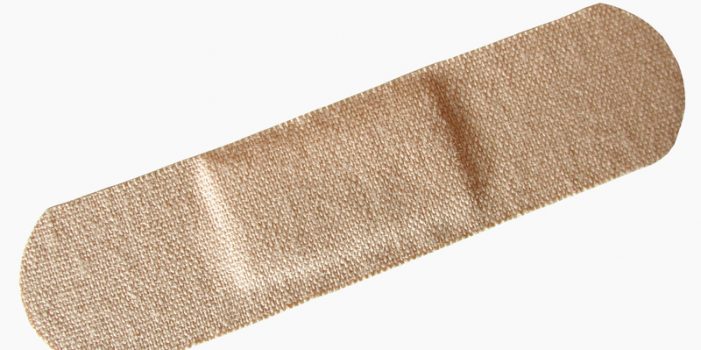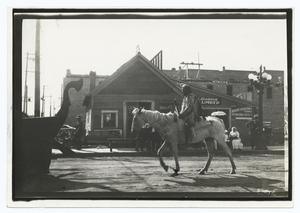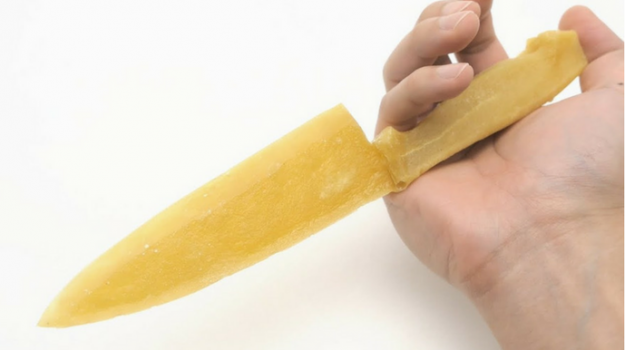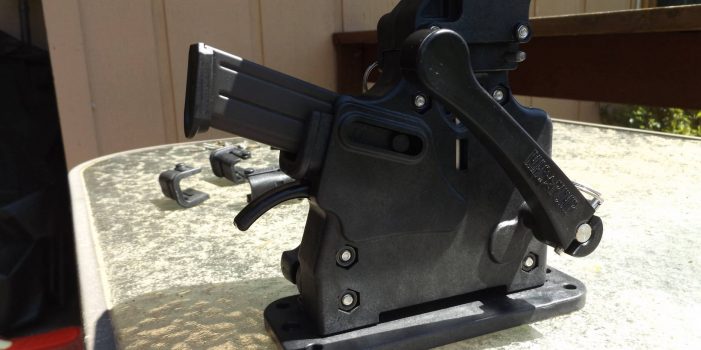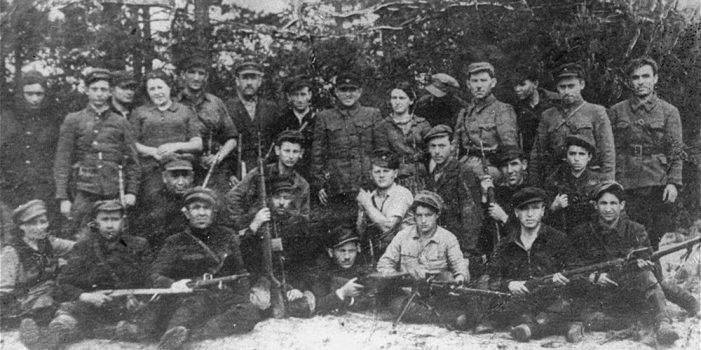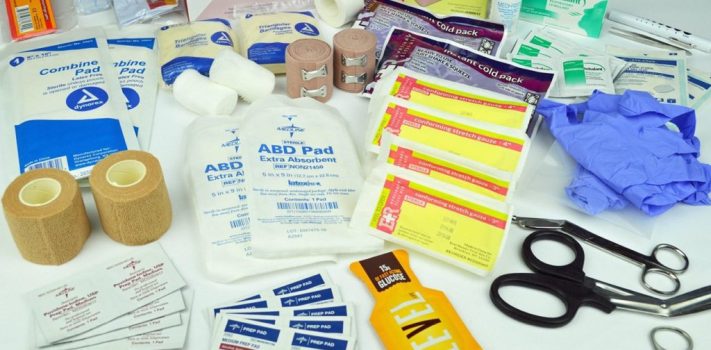Disclaimer: The following is for informational and entertainment purposes only. You should always consult your physician for any questions regarding your health or that of a family member. The authors are merely discussing items you may wish to have on hand to care for a family or group, for when a licensed healthcare provider is available but supplies are hard or impossible to come by.
We write from the perspective of patients (a Type 1 diabetic with hypothyroidism and his wife who has had her spleen, gall bladder, most of her pancreas, and half a pinkie removed) and parents of numerous children with their own experiences (gastroparesis, abdominal wall injury, duodenal ulcers, kidney stones, lots of stitches, chronic constipation, migraines, tendinosis, failure to thrive, corneal abrasion and ulcer, excruciating menstrual cramps—are we leaving anything out?); basically, the stuff of everyday life.
We have absolutely no financial interest in any of the companies mentioned; they are merely sources where we’ve been able to purchase (sometimes difficult-to-find) supplies.
The Bring Your Own Band-Aids Clinic
Most SurvivalBlog readers have prepared and continue to prepare for their families’ well-being in the coming crises. We cover our bases with the four G’s—God, guns, grub, and gold, or the five B’s—beans, bullets, Bible, bullion, Band-Aids. But how many Band-Aids should you have? What kind? This article is for those who are planning to stockpile medical supplies for themselves and others, and for those who aren’t.
Continue reading“Bring Your Own Bandaids- Part 1, by A.&J. R.”

